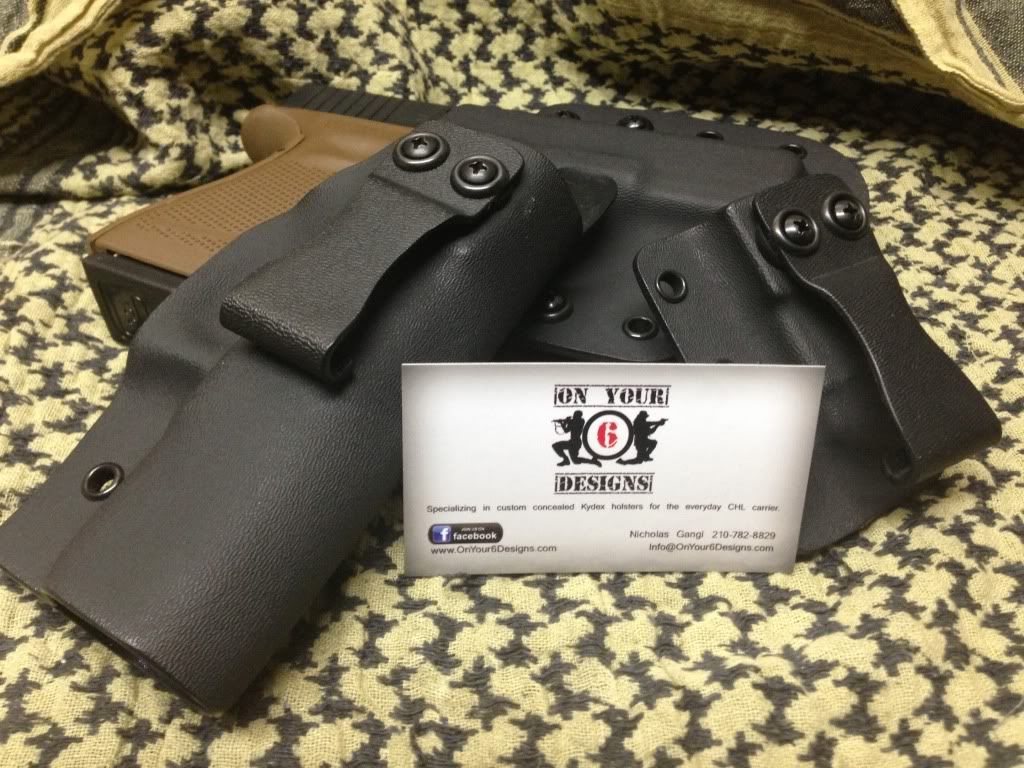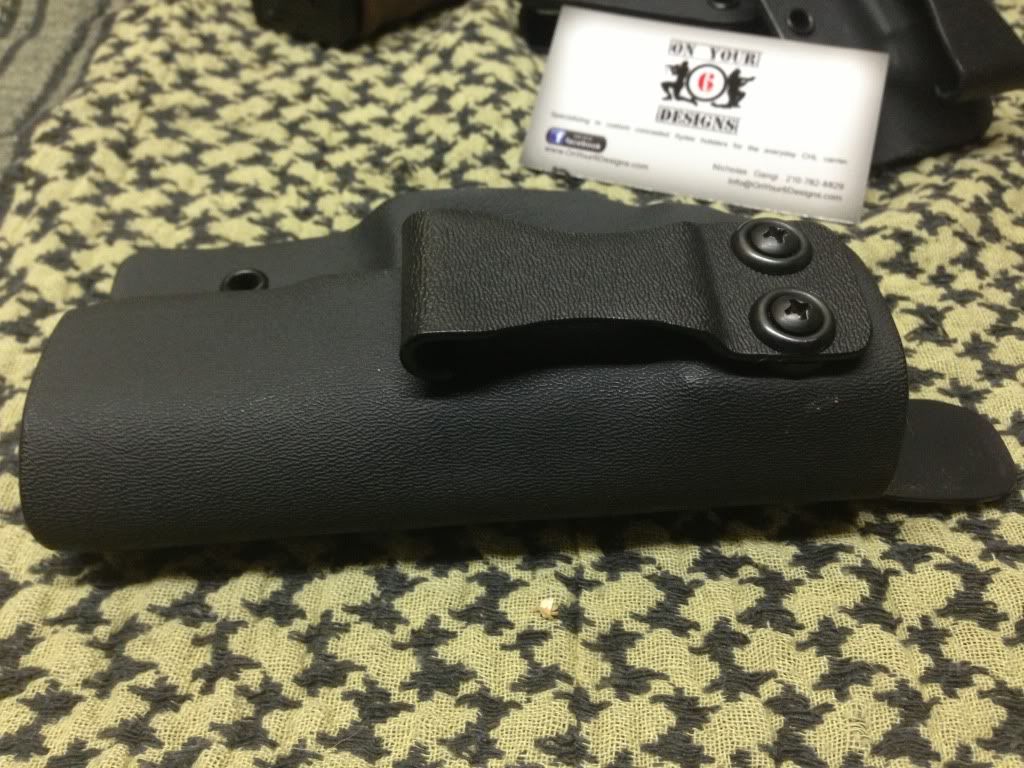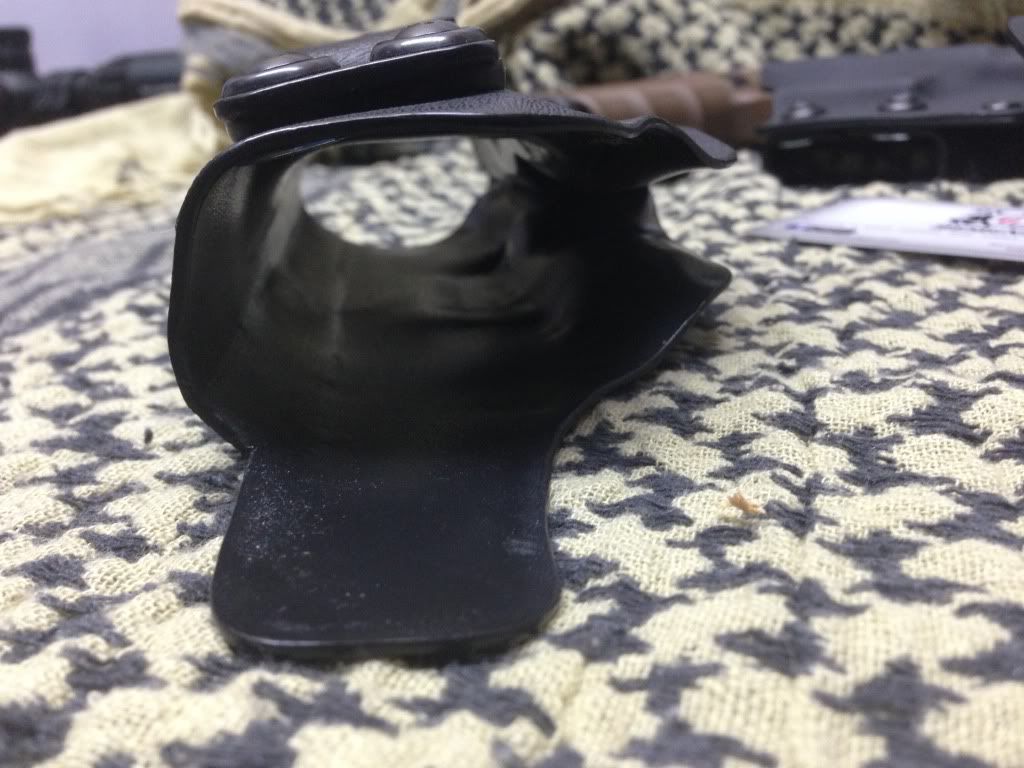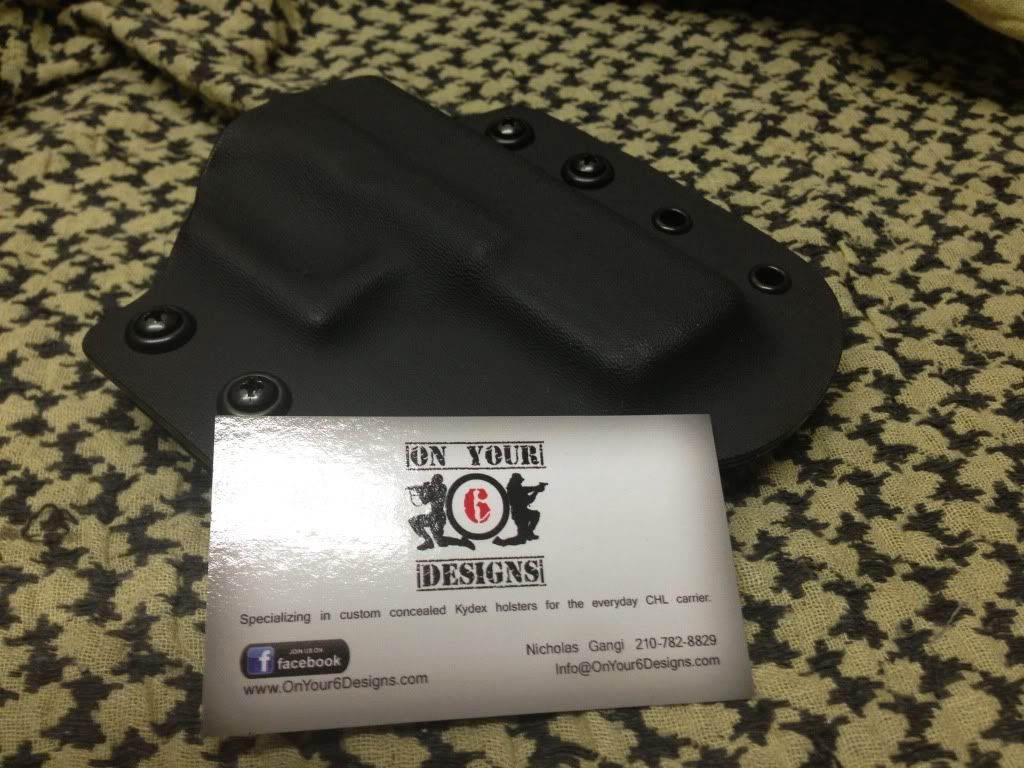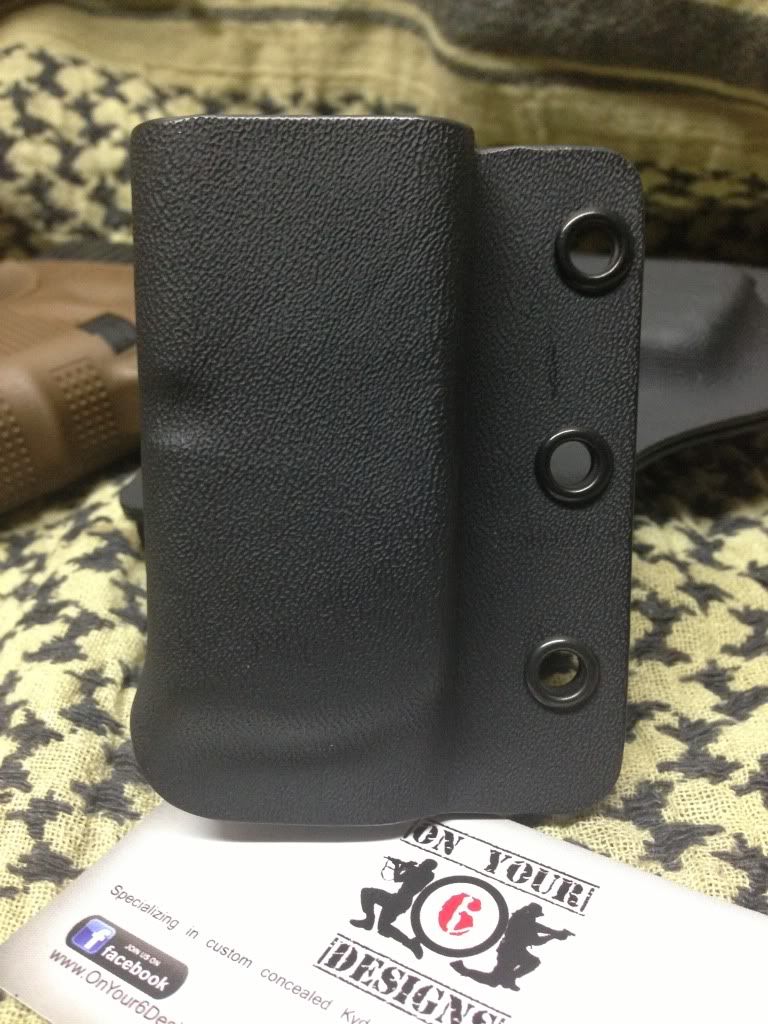When I picked up the upper from a friend's shop I was really impressed with the way that it looked, with the Stainless Steel Barrel coming out from under a black hand guard it has such a cool look to it. What I thought was really awesome was that the Hand Guard was from ODIN Works which is another company whose products I have heard great things about and had hoped at some point I would get to check out in person.
While I personally prefer a longer hand guard on my AR uppers the 9.5" that the IHA is outfitted with does give it a very clean look since it allows the SS barrel to really stand out. I took some time to field strip the upper and give it a good cleaning and applied FIREClean to it like I do with all of my other firearms (yes even when I do testing for companies I still give it a good clean before and after shooting), this gave me the chance to check out the workmanship that has gone into the building of this upper.
First thing that I noticed was that there was not a single blemish to be found inside and out, and the BCG was staked correctly and everything fit together really well. It was very noticeable that there was great pride taken in assembling the upper. The laser etching on the receiver and the charging handle is a very nice touch and adds some character to the overall build also.
The ODIN Works hand guard is very sleek and very comfortable to hold since it is smooth on the sides with one small section of rail on the bottom side at the front. The rail matches up perfectly with the receiver and gives it a nice continuous look. The overall construction of the ODIN Works hand guard is really good, while being lightweight it did not feel cheap or flimsy like it could break at any second. Just from the short amount of time that I have had with it I have decided I will be using one of their longer hand guards on one of my future builds.
When I was able to take the upper out to the range it was both too windy and too busy for me to be able to setup the cameras to capture any good videos of me firing it, there was also the issue of the wind blowing down the target stand that I was trying to use to zero it in. So finally I gave up and just aimed for the steel plate that we had setup down range. Even though the scope I was using was garbage I was able to figure out where to place the reticle to ring the steel, and once that was figured out I can tell you the steel just kept ringing.
Every shot that I was sending down range was hitting it's intended spot, and even though I did not have a paper target to measure exactly how accurate this upper is, the side by side and stacked marks on the steel were enough for me to consider this an accurate barrel and with a properly sighted scope and a worked up hand load it should be hitting Sub MOA (I am not an expert marksman but I have shot both well made and crappy made barrels and this is well made).
While the price for the upper is still up in the air until IHA is able to get the production of them moving I will say that it is a very nice upper with some very nice features, I am sure that the price will contend with many of the other companies that are building uppers, and even if it is a little higher the quality and craftsmanship that is put into it shows. Below you will find a graphic that has the breakdown of the parts used for this upper, all of the parts are nice quality parts that should give you a long happy service life from it.
I would like to thank Martin at Iron Hammer Armory for allowing me the opportunity to take this upper out to the range and check it out, this was the first time that I have been able to test a new product for a company before it's release and I am hoping that I will get the opportunity to do that more often.


















